Dancing on a volcano – The risks and rise of extreme tourism
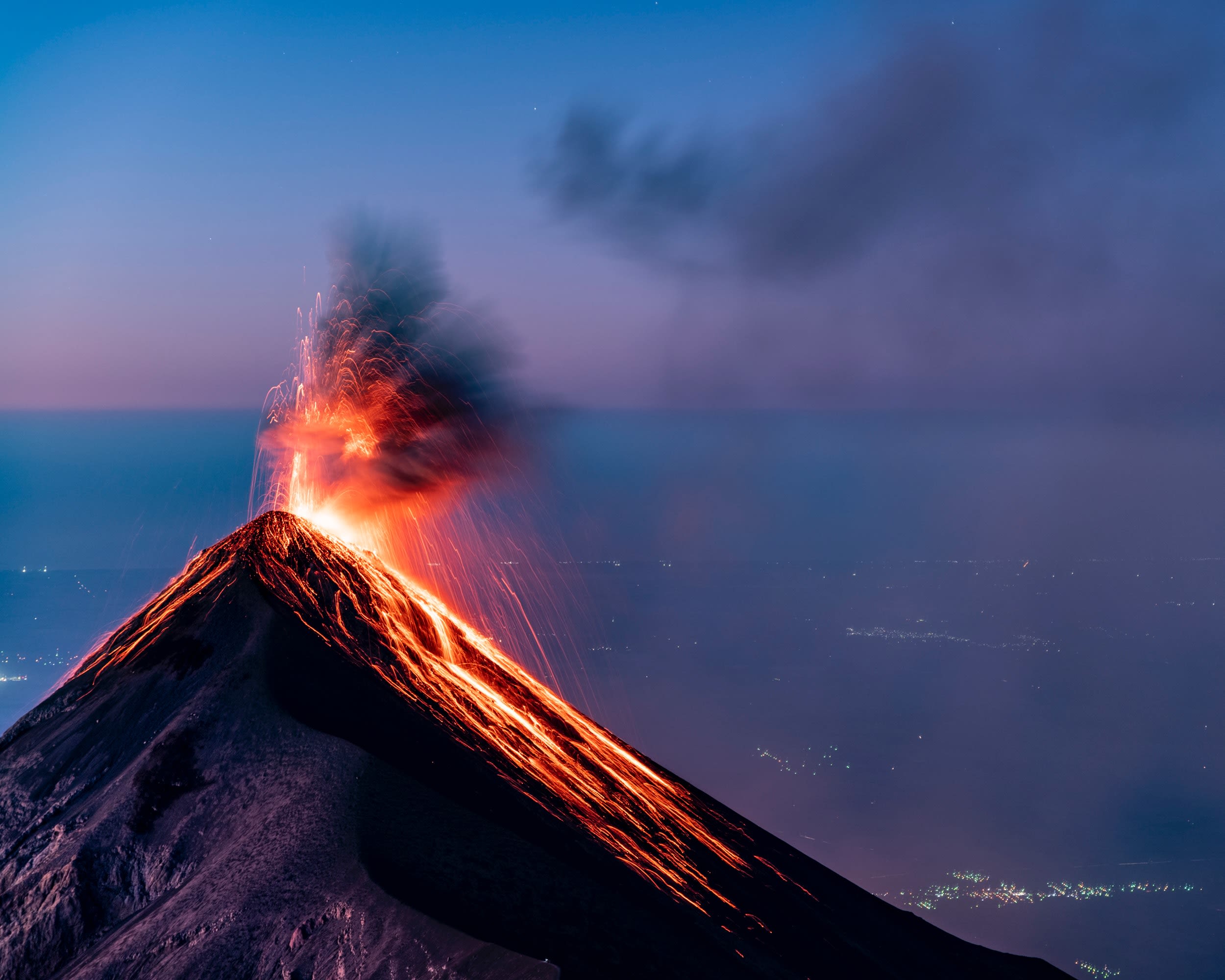
The Eruption
The slopes of Guatemala's Fuego volcano have been scattered with villages for hundreds of years.
It was Sunday evening in June 2018 and though the volcano had been spitting out ash for days, the authorities felt evacuations were unnecessary.
And then the ground started to shake.
For villagers living on the slopes, it was as if a bomb went off.
The ‘Volcano of Fire’ produced its most explosive eruption in over 40 years. A huge plume of black smoke formed and ash rained down on residents as far as 12 miles away.
A deadly five-mile stream of lava and debris raced down the slopes, leaving almost no evacuation time and burying dozens of communities in its path.
Rescue attempts were hampered by a further 16 hours of eruptions.
When it had finished, the tragedy had destroyed 21,000 acres of crops and led to the evacuation of 4,000 people.
The eruption proved to be Guatemala’s deadliest in a century, causing the death of nearly two hundred people.
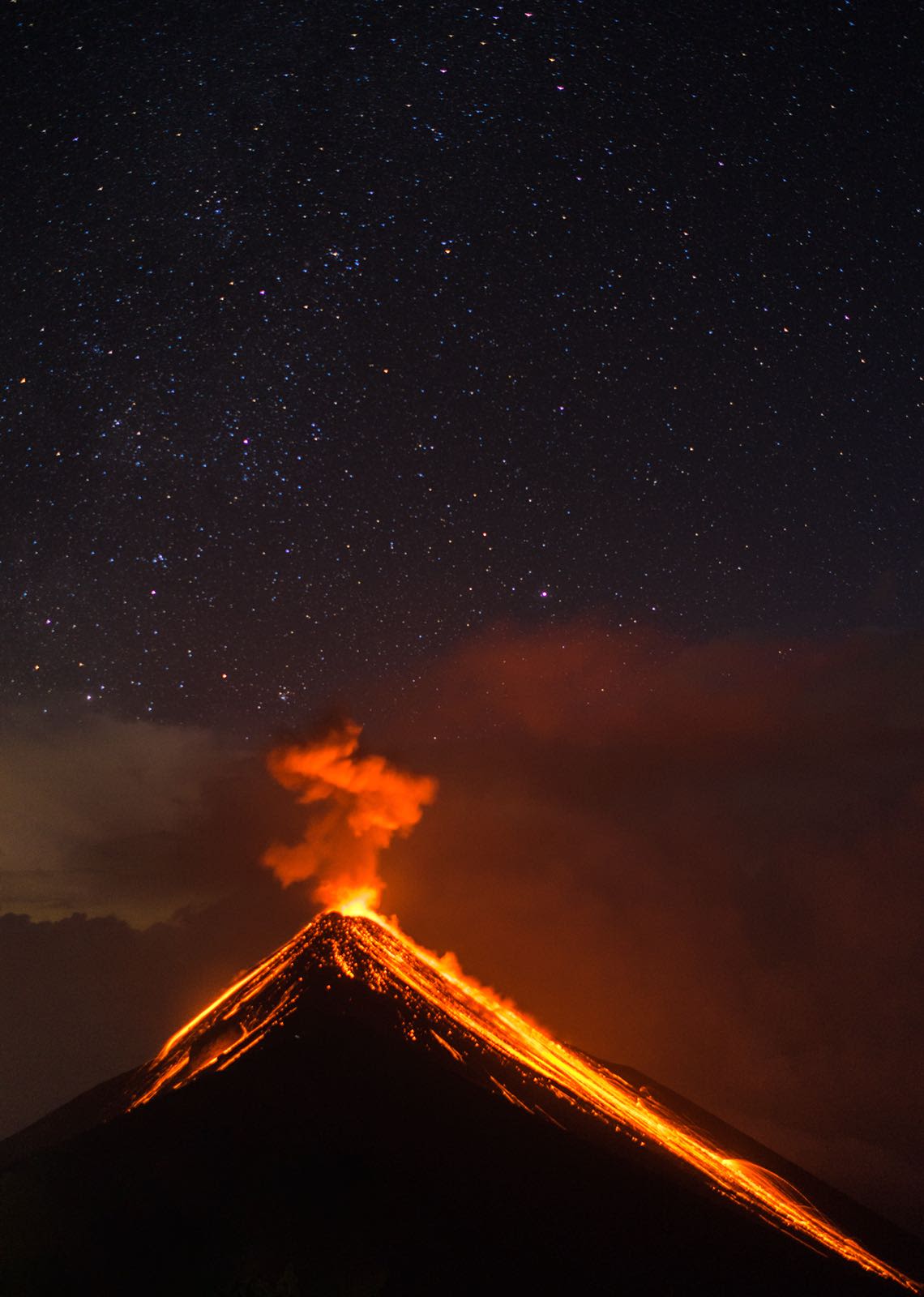
Fuego erupting.
Fuego erupting.
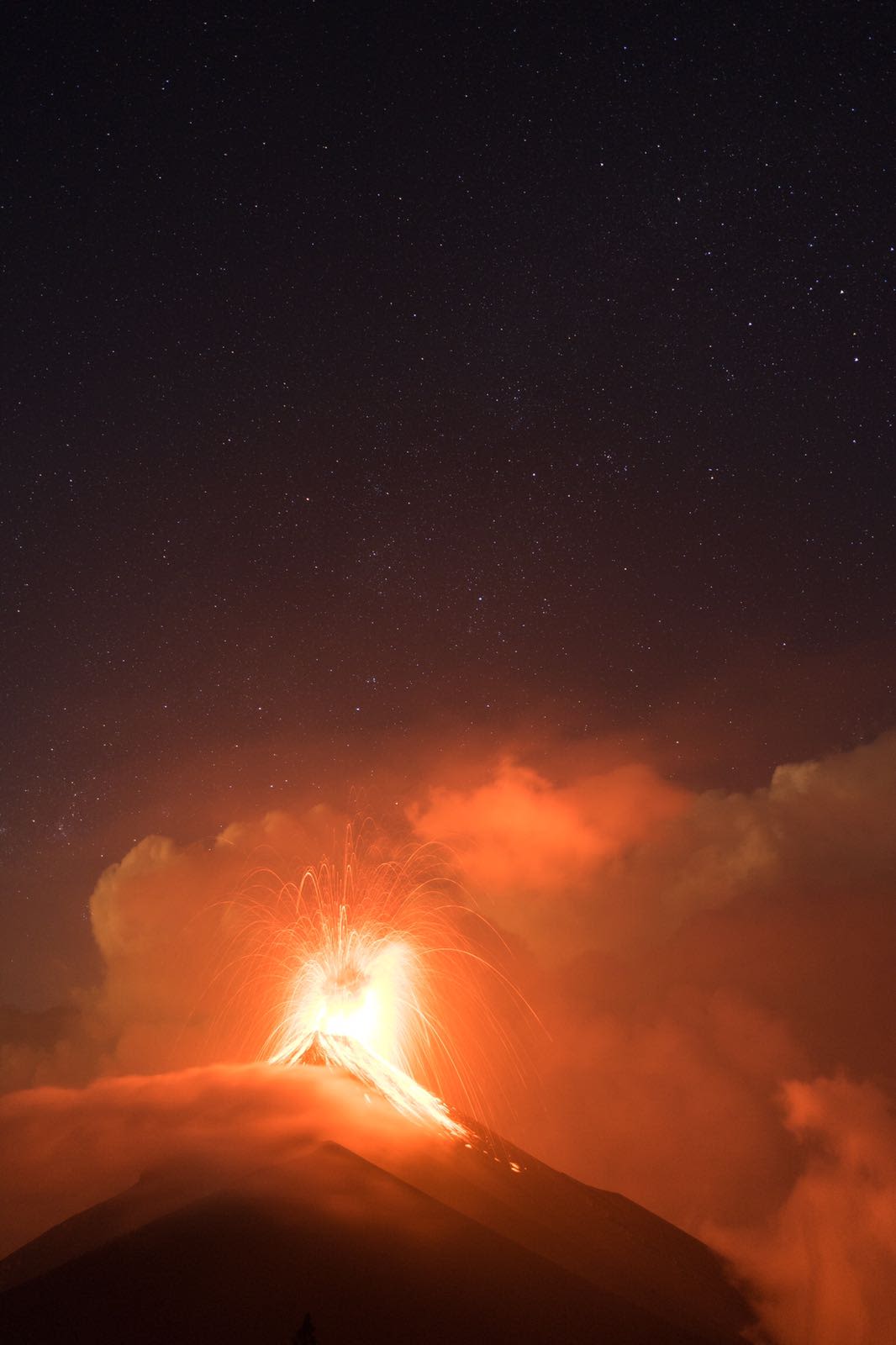
The backpackers
Exactly two months before the eruption, groups of tourists were beginning their 2-day hike up Acatenango, a volcano joined with Fuego in twin peaks.
The summit provided breath-taking views of neighbouring Fuego, and its small but spectacular eruptions that regularly took place.
Local guides had assured them that the volcano had been particularly active recently and that there would be ample opportunity to get good photos.
Andy Perry was one of those hiking to the summit on that day: “I heard it was a fantastic thing to do for tourists. Why not when in Guatemala?”
Every year thousands of tourists visit active volcanoes, drawn by the natural beauty and thrill of witnessing eruptions.
“It’s hard to compare to anything else. That experience of seeing something as beautiful but as dangerous as lava spurting down the mountain towards you is a good adrenaline rush,” Andy added.
With an average income of just $3.20 per day in Guatemala, many people rely on tourism for their livelihood.
Communities around Fuego were capitalising on its popularity, with local guides sometimes taking tours of backpackers to the summit four times a week.
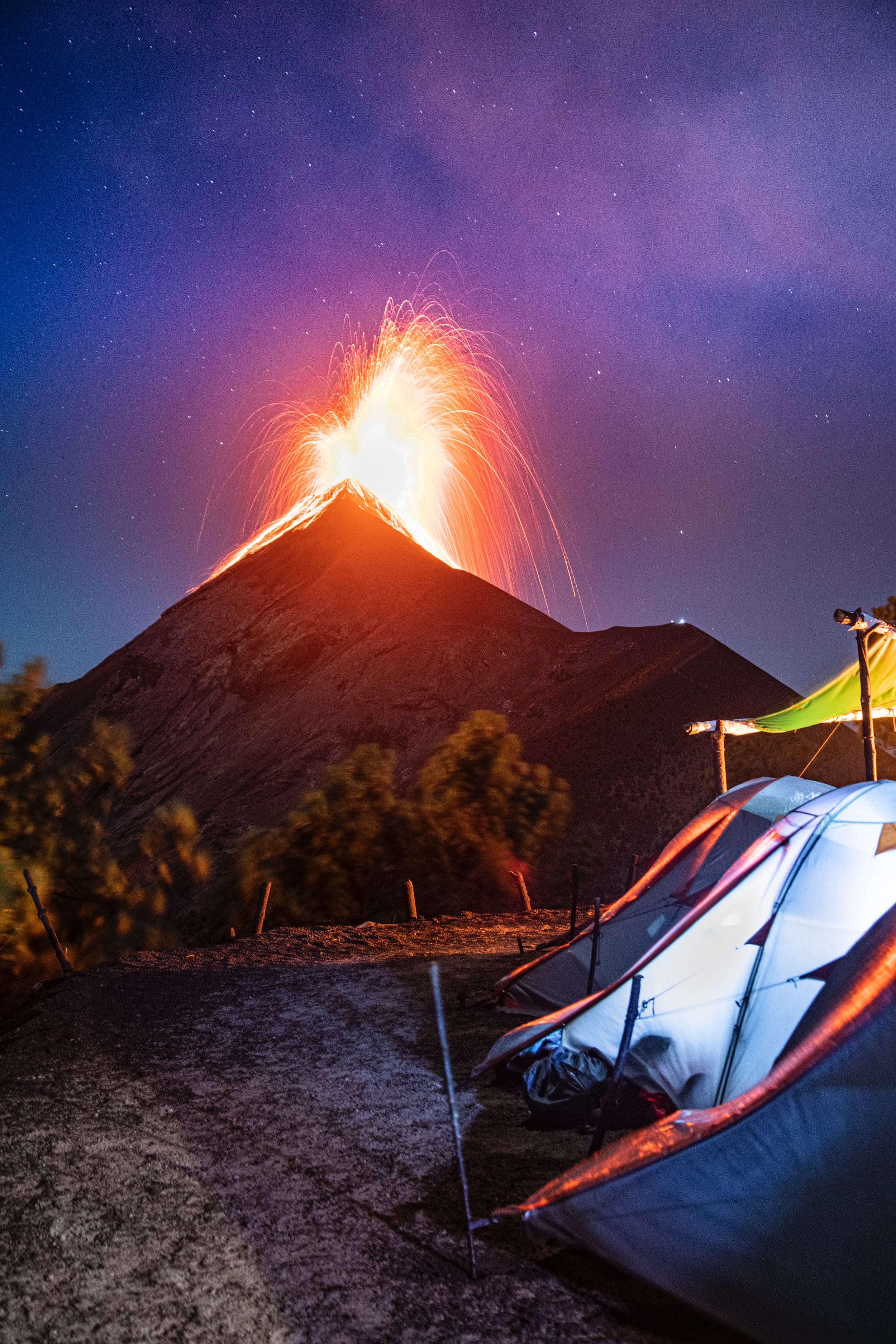
Campers on Fuego. Credit: Alain Bonnardeaux/Unsplash
Campers on Fuego. Credit: Alain Bonnardeaux/Unsplash
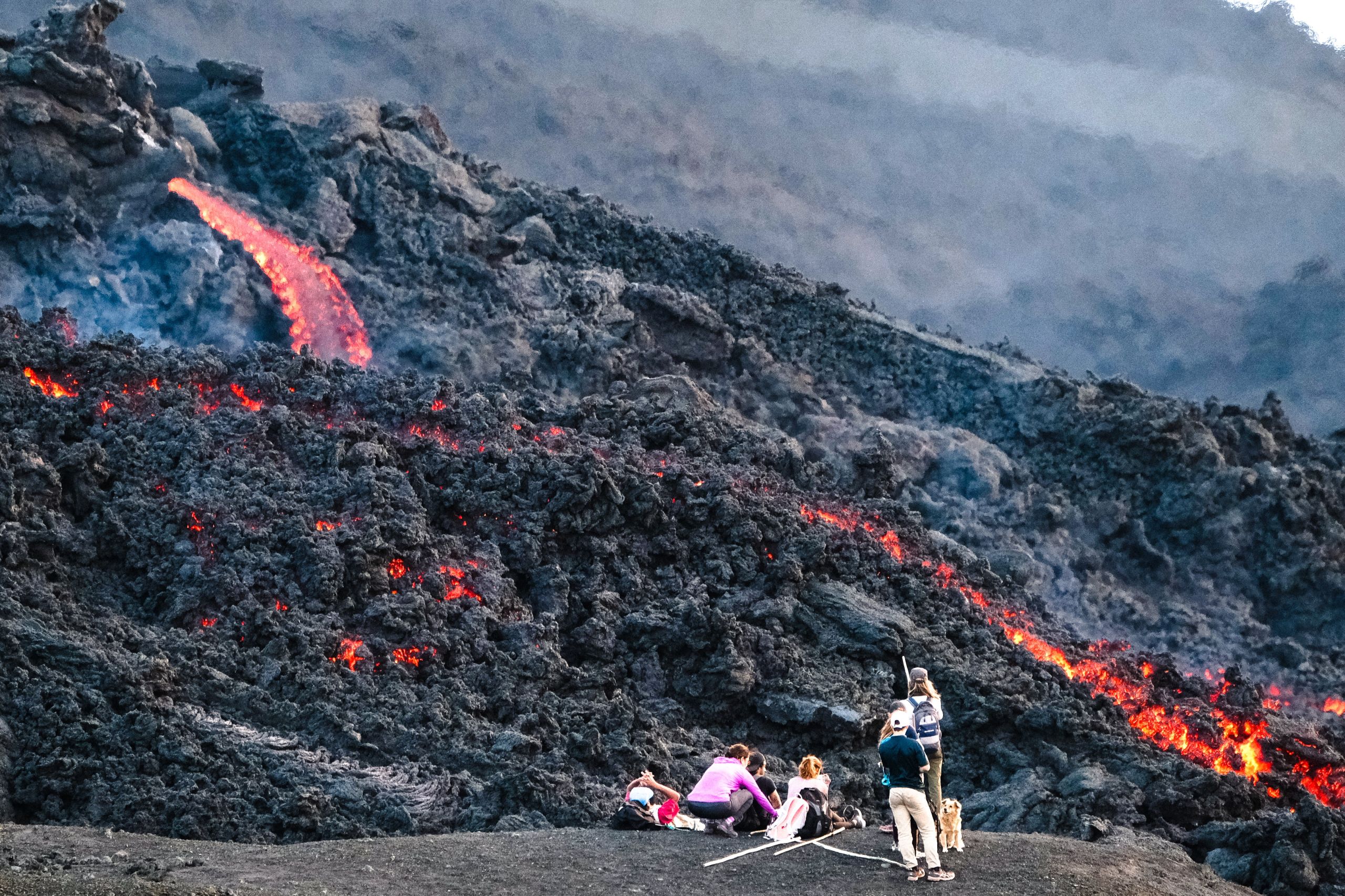
A Guatemalan volcano tour having a picnic. Credit: Dimitry B/Unsplash
A Guatemalan volcano tour having a picnic. Credit: Dimitry B/Unsplash
A ticking time bomb
Despite the opportunities volcano tourism can bring, the conflicting priorities of tourists and local guides on one hand, and the authorities on the other, can cause problems.
Amy Donovan, author of a Royal Geographical Society paper about volcano tourism, stressed that tourists needed to educate themselves and be aware of the dangers.
She said: "Many active volcanic countries face the dilemma of wanting tourists, but also wanting to keep people safe, which creates a difficult conundrum.
“There is a careful balance that needs to be found between the positive impacts of tourism and ensuring that visitors are responsible, not putting themselves, or others, at risk.”
More than half of Guatemalans live below the poverty line, according to data from IndexMundi.
When you consider this, and that travellers bring in valuable money, it’s not surprising many take frequent risks to attract tourists.
Tourists often want to get as close as possible to volcanoes, sometimes not fully aware of the risks.
Andy Perry felt they weren’t told about the risks: “The health and safety is non-existent. It was communicated to us that we were at a distance that was safe and it was a very controlled eruption. I don’t think anyone expected the major eruption.
“It’s luck of the draw isn’t it.”
Volcano tourism safety has been in the spotlight recently, with authorities in New Zealand charging 13 parties in November for neglecting health and safety during last year's White Island eruption where 22 people died.
Even if volcanoes are well monitored and warnings given, some eruptions cannot be predicted.
With such high levels of uncertainty, it is inevitable that people who visit active volcanoes will sometimes die.
Leading volcano researcher Patricia Erfurt feels there is a “distinct lack of safety guidelines for volcano tours at most sites, which is compounded by language problems."
An official website for a tour of Fuego simply reads: “Just bring personal essentials and a camera to capture the amazing sunrise overlooking fuming volcanoes in the Ring of Fire."
Tourists and guides may not fully understand how quickly eruptions can occur or of threats such as poisonous gases and falling debris.
While in cases where tourists must be rescued, it can endanger emergency services and complicate safety planning.
Some put the rising popularity of volcano tourism down to smart phones and social media, with people easily able to record and post photos of themselves in dramatic settings.
“It’s definitely a factor for people,” said Andy.
“I’ve been to the Grand Canyon and seen people literally hanging over a 1,000 metre drop for a picture. It's mental.”
Thrill seekers looking for dramatic photos may explain why devastating eruptions can boost tourism to volcanoes.
On another volcano tour in the region, Andy told of how a guide had told him: “The volcano is overdue an eruption and if it does, we’ll all die but we’ll get good photos for Facebook.”
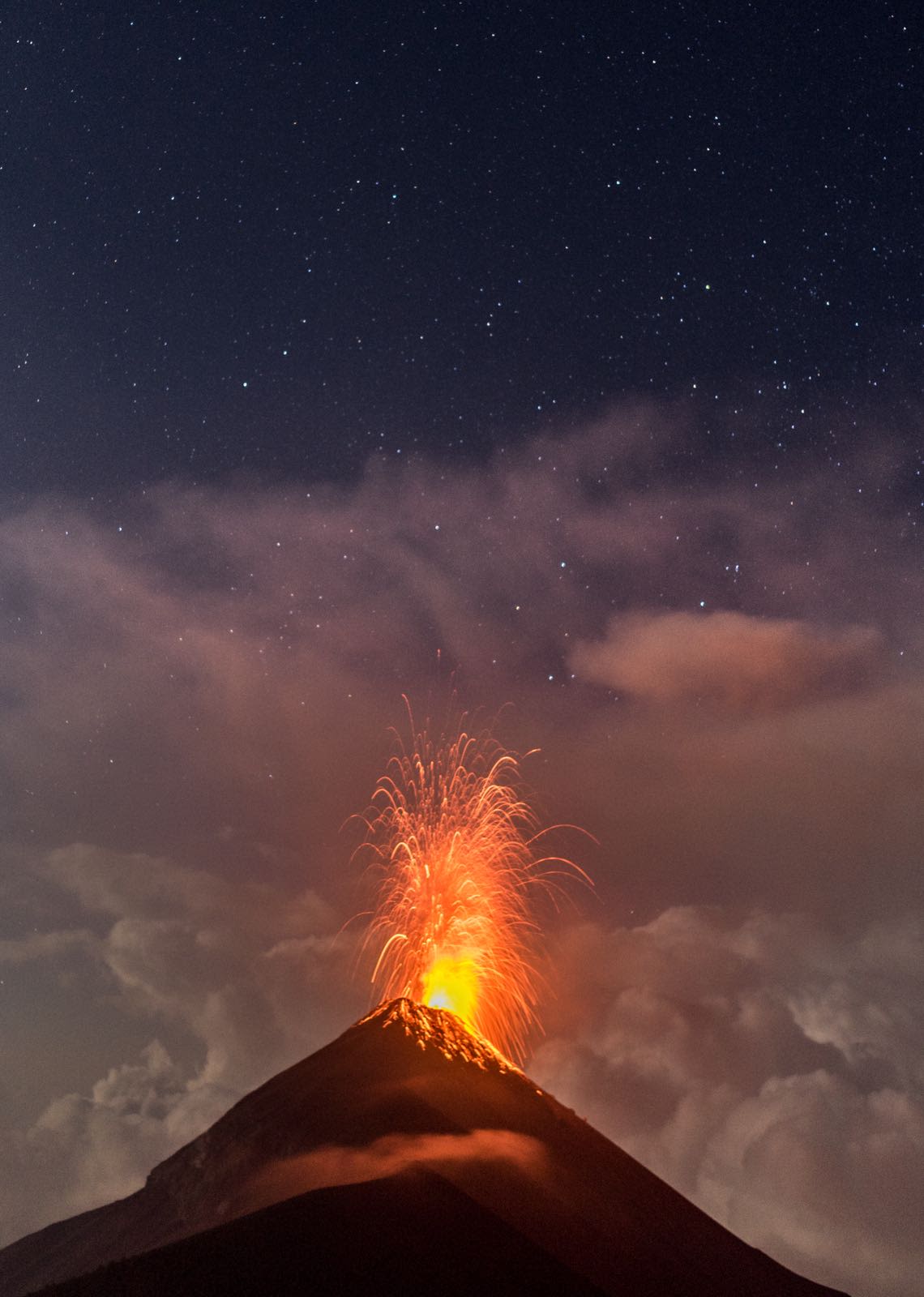
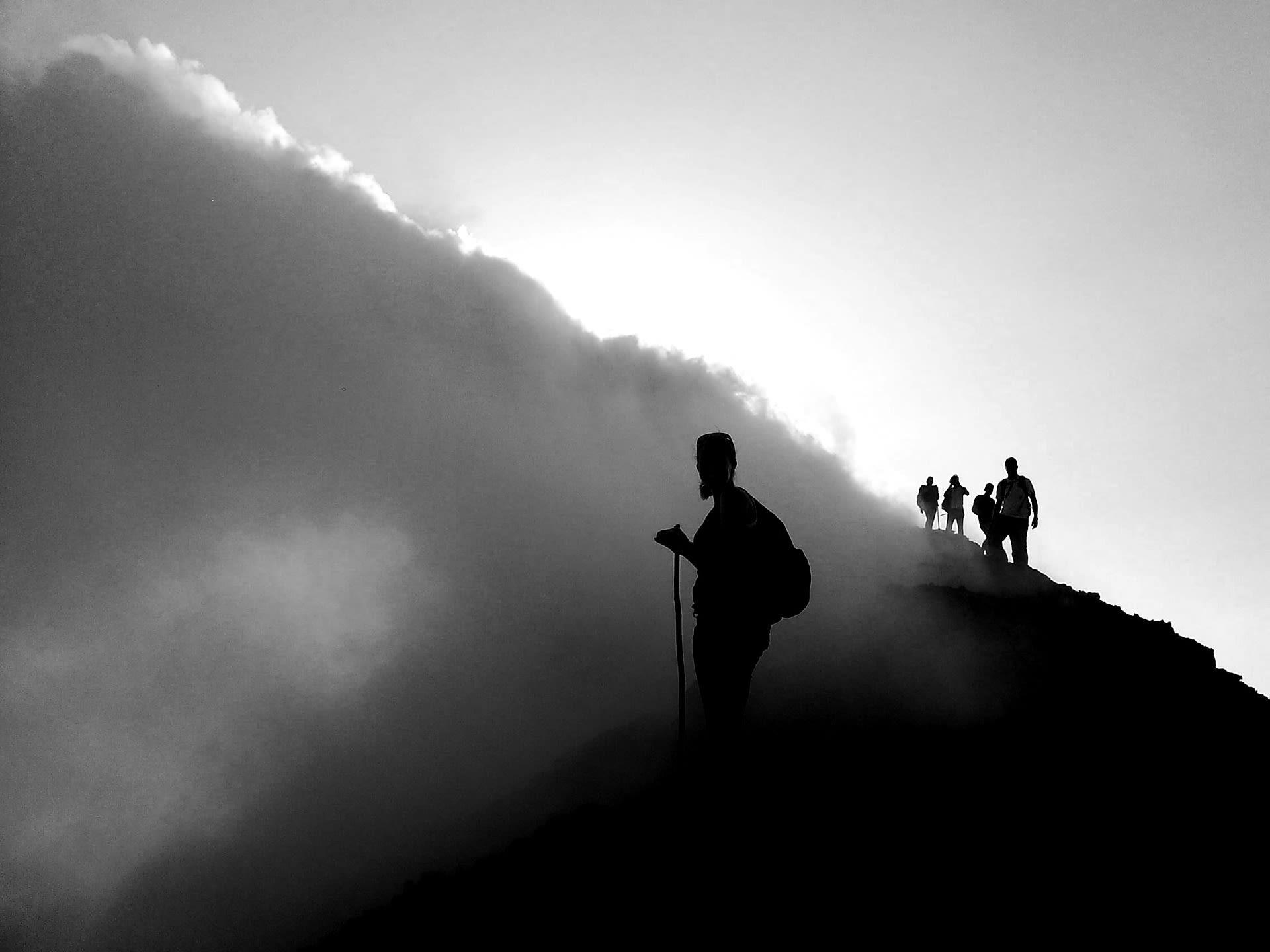
Tourists climbing Acatanango. Credit: Kirsten ter Borg/Pixabay
Tourists climbing Acatanango. Credit: Kirsten ter Borg/Pixabay
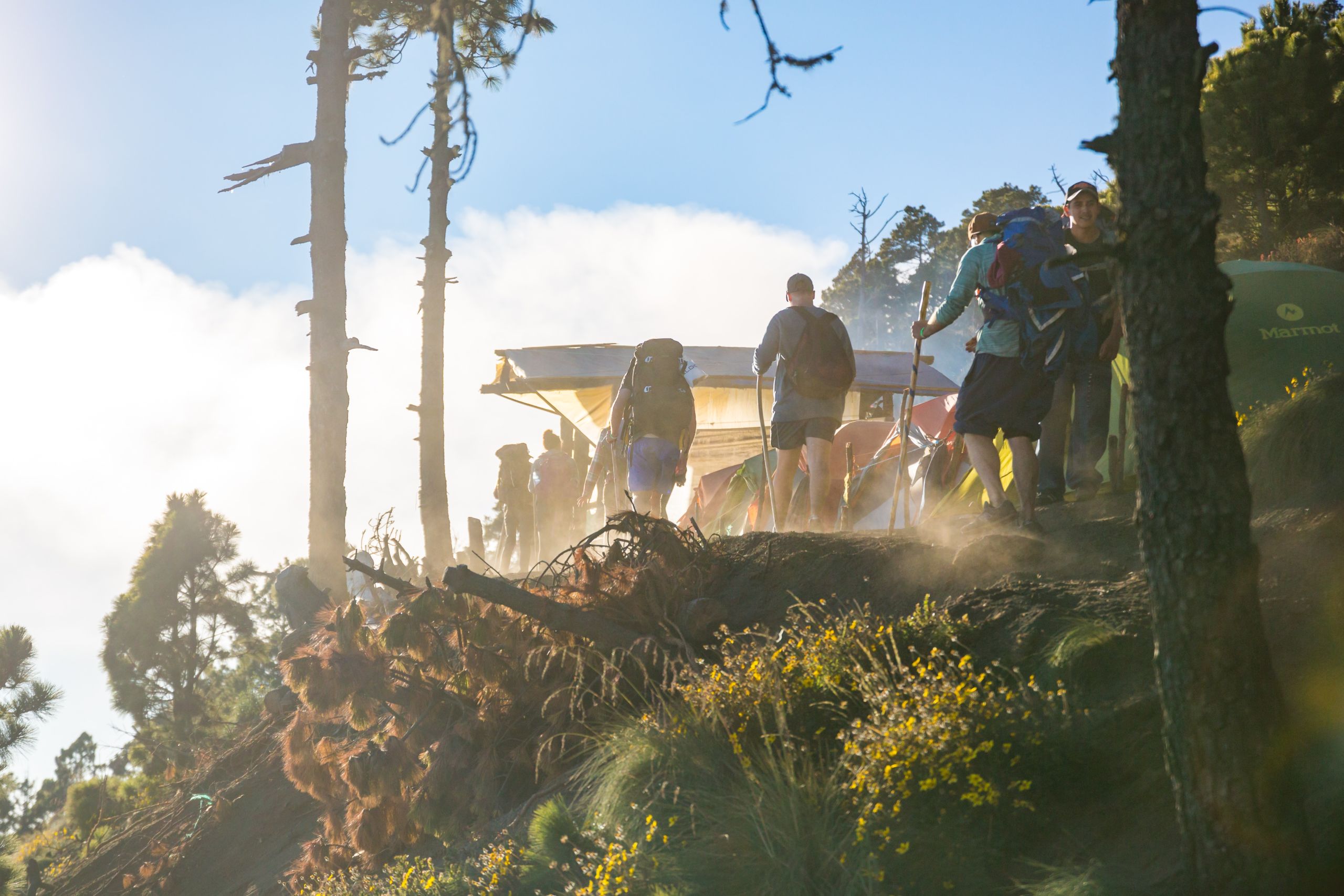
A tour on Fuego. Credit: Michiel Ton/Unsplash
A tour on Fuego. Credit: Michiel Ton/Unsplash
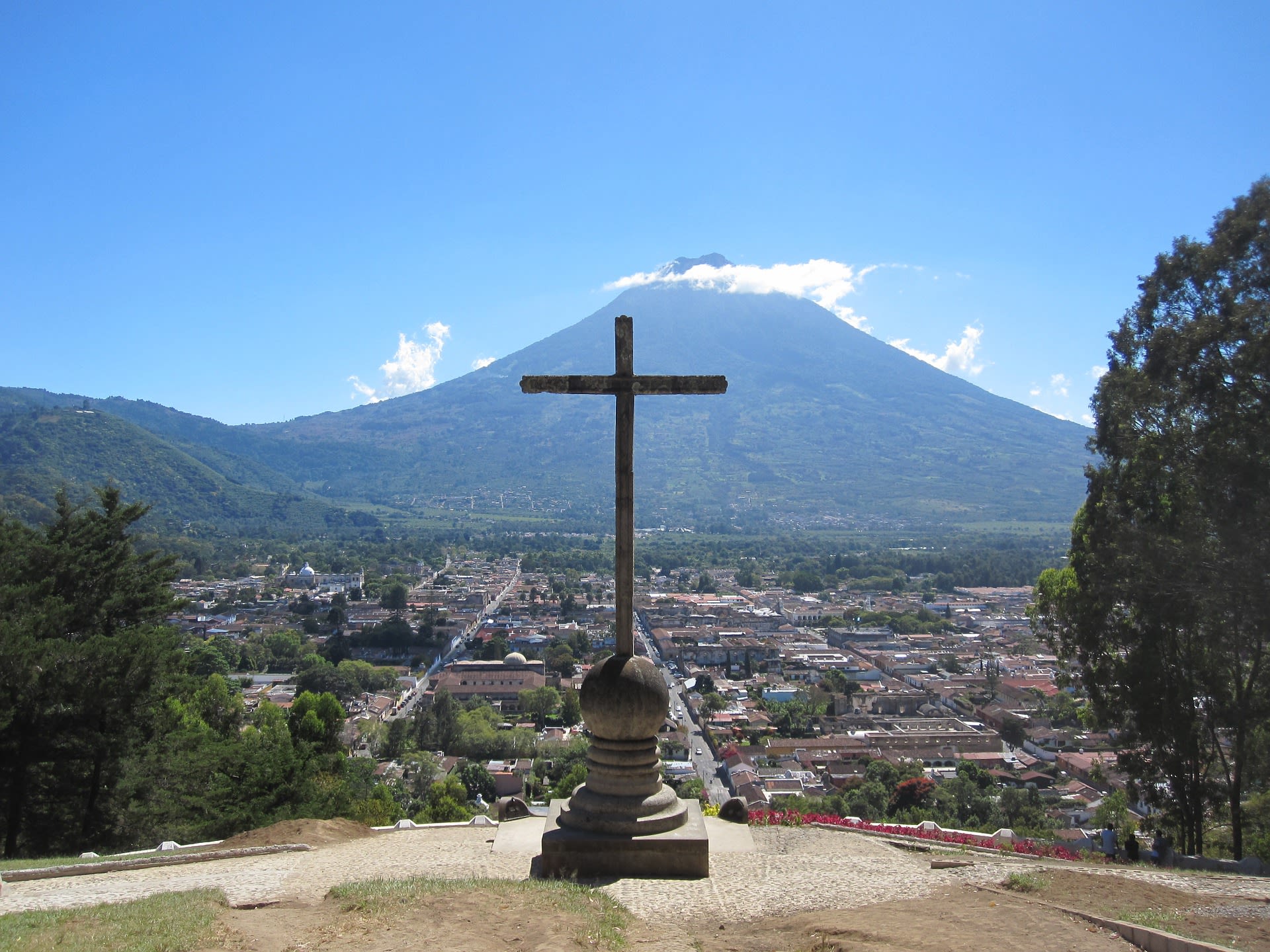
Credit: Joseph Hill/Pixabay
Credit: Joseph Hill/Pixabay
